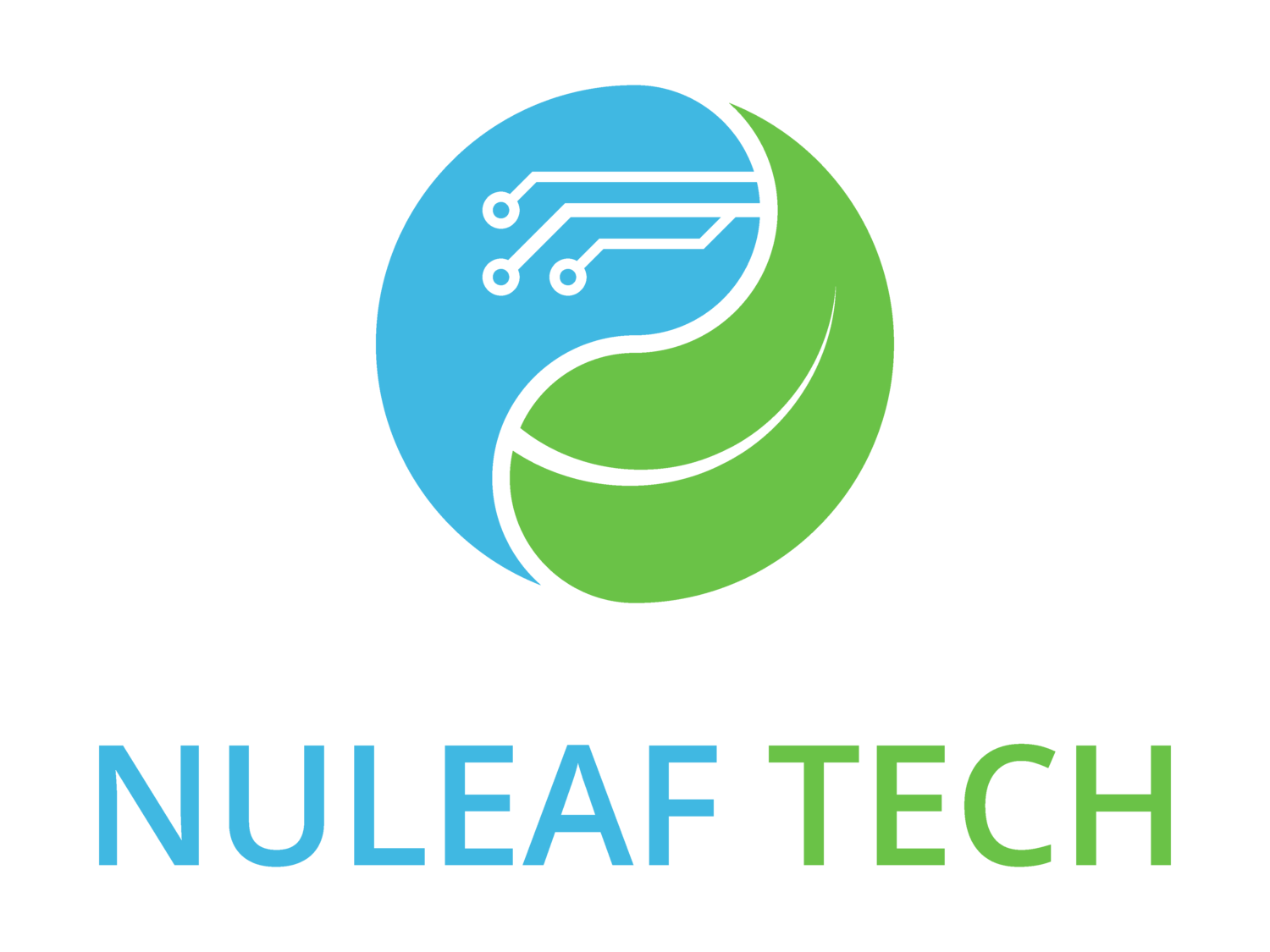By Jimi T Hardee
In 1950, about 740 million people in the world lived in cities. By 2014, that number would skyrocket to 3.9 billion. That’s more than half of the world’s population. We have discussed urbanization in our previous posts, but what we haven’t examined is how food and energy scarcity drive these number upward; and how we need to change how we look at water, food, and energy to serve an increasingly urban global population.
Two of the largest contributors to the rise in urban population are India and Nigeria. Both of these nations have significant issues with food scarcity in more rural regions, and this coupled with rising industrialization is leading to a kind of mass migration into already overcrowded cities. The issue is these cities are not prepared for rapid urbanization, and it is stressing an already overtaxed food and energy infrastructure.
In 2016, the UN estimated that 240,000 children in the Nigerian state of Borno are suffering from severe malnutrition, and that about 130 of those children would die every day. Nigeria struggles similarly with an intense energy crisis. Only 40% of the Nigerian population is connected to the power grid, and those who are can still only rely on a consistent power supply about 60% of the time in many areas. Many who are connected to the power grid still have to resort to using gas generators for reliable energy.
In India, 195 million people go hungry every day, and 1 in 4 children are malnourished. India’s energy crisis is also staggering, and about 300 million of the countries population of 1.25 billion people live without electricity. And 70% of the energy that is produced in India is still generated by coal.
What’s important to note here is that this is not an issue of economics, per se. India is the world’s 7th largest economy by GDP and Nigeria largest economy in Africa. A 2017 article in Forbes suggested that even the United States (the world’s largest economy by GDP) is facing a looming energy crisis.
So it’s not about money: this is far more an issue of infrastructure. What we need to do to address these issues is decentralized sustainable infrastructure and investment in sustainable energy and agriculture.
Many countries in which food scarcity runs rampant currently must rely on imports to feed their population. This often leads to high food prices that remain out of reach for the lower income brackets. Reliance on outdated energy infrastructure is also a big problem as many nations still rely primarily on coal to generate electricity.
The good news is that innovations are in the pipeline. Methods like vertical agriculture are enabling food to be grown even in urban environments once thought to be ill-suited for farming. Similarly, developments in solar power are allowing private individuals to generate the electricity they need without having to rely on the failing power grid.
As we drive innovation to address food and energy concerns a key factor we must understand is the relationship between water, energy, and food security. These three areas are inextricably linked in what we call the food, water, energy nexus. Water is a key resource in the mining and processing of fossil fuels and in generating hydro-electric power as well as many other forms of energy. It is also vital for agriculture which accounts for 70% of all freshwater consumption by humans. Conversely, large farming operations consume a huge amount of energy, and a lot of power is drawn off the grid in the cleaning, treatment, and general use of water.
At NuLeaf our focus is on water, but every day we learn more and more than water is a resource that affects all areas of societal infrastructure. Even in the here in the US, areas that struggle with water scarcity are often affected by local food and energy shortages, forcing them to rely on imports to sustain their local infrastructure. And as we work to find solutions to the issue of water scarcity, in doing so we are improving food and energy security as well.
We are still a long way from eradication food and energy scarcity completely, but it’s something we care about a lot here at NuLeaf, and each new innovation is a step in the right direction. Our NuTree systems are designed to grow crops as they recycle your water, allowing you to kill two birds with one stone. We are also hard at work making our systems run completely off bio-generated electricity, consuming no energy off the grid.
Our goal here is to put the power in the hands of individuals and communities to address their own struggles with scarcity. As more businesses take this approach, and as we all continue to fight for changes in policy, our hope is to someday make scarcity of any kind, a thing of the past.



